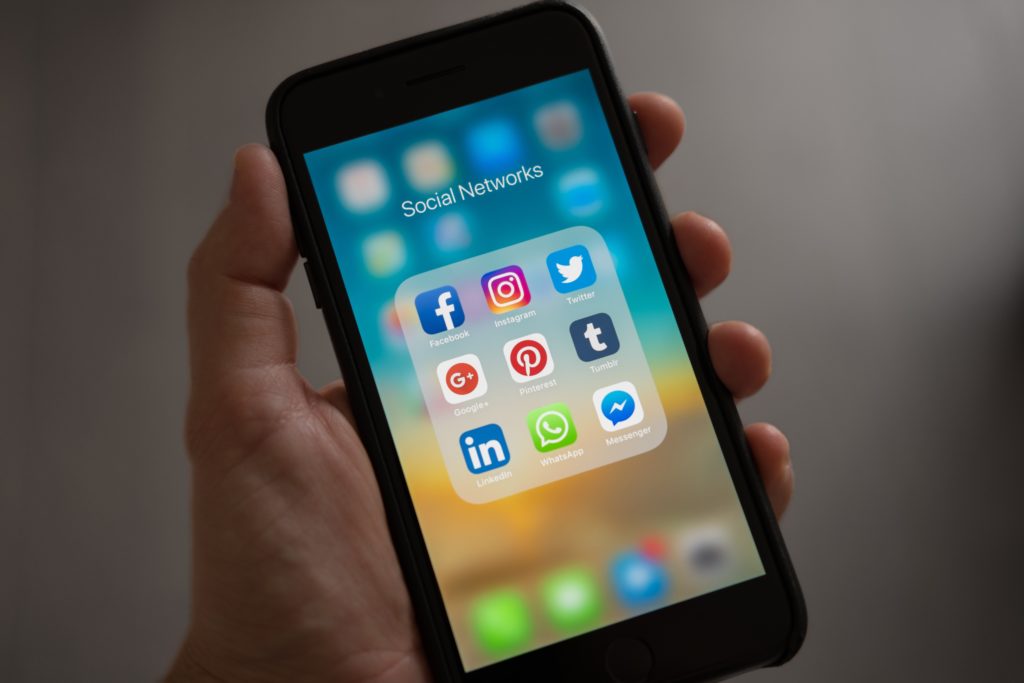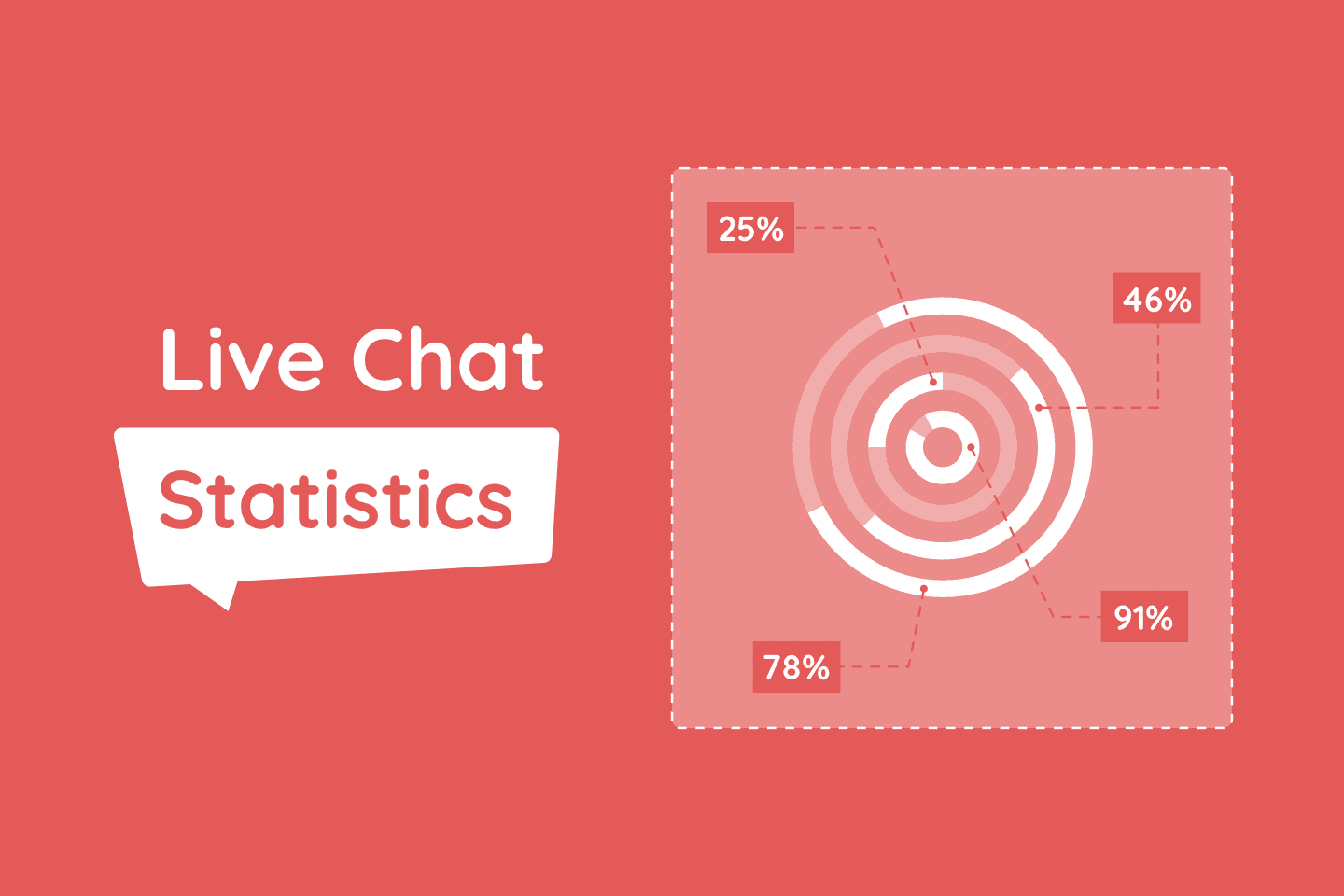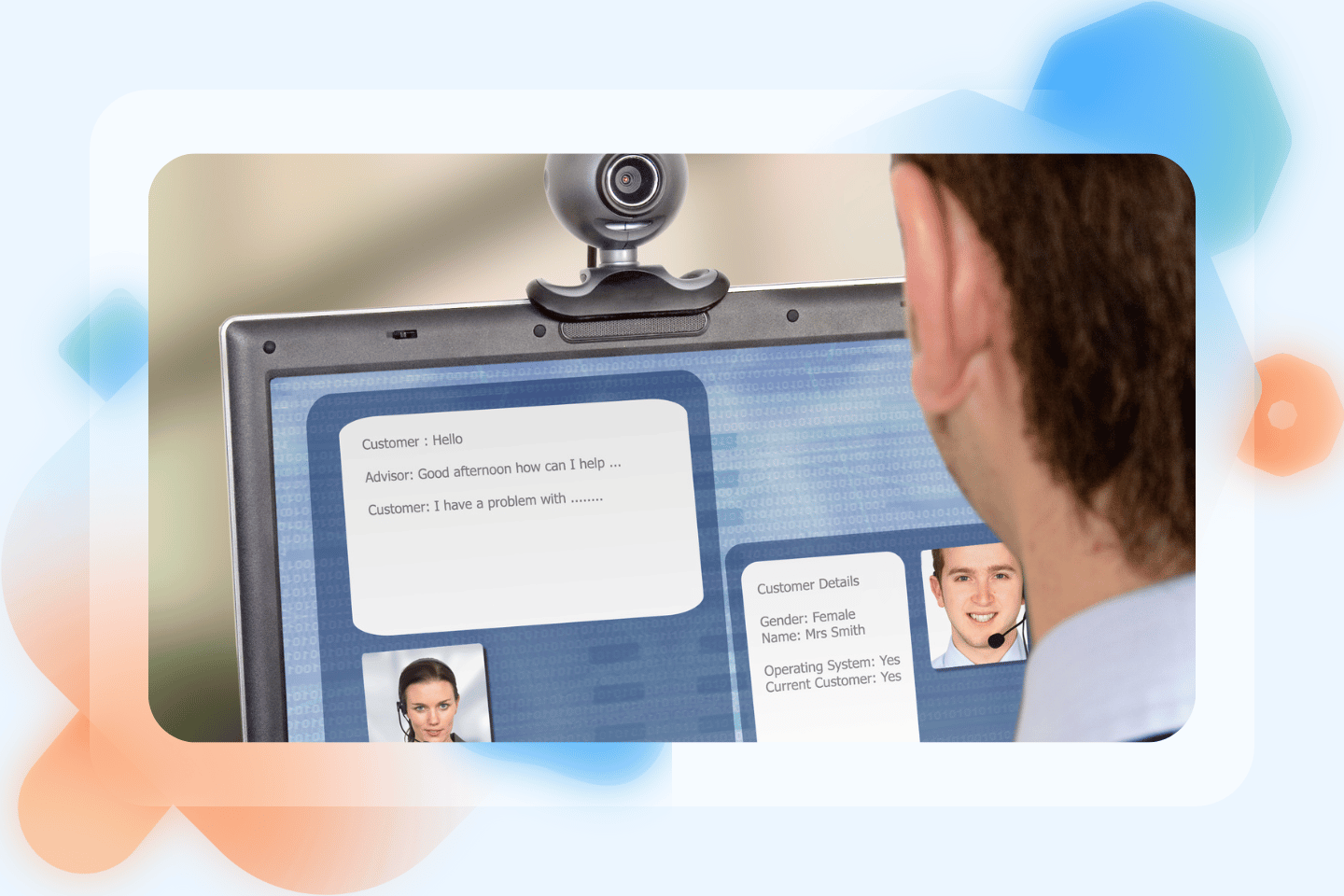Communicating with your customers is one of the most important aspects of running a successful business. And live chat is definitely one of the best ways to engage website visitors.
A customer service agent who provides instant support and quick answers over chat in real-time is no doubt becoming a preferred communication channel. Still, a number of companies don’t offer live chat support, which will, at one point or another, prove to be detrimental to their business.
So, is live chat really that helpful? And how are companies across the globe going around this effective tool? Take a look at live chat statistics below to find out more.
Key Live Chat Statistics
- A staggering 97% of consumers on a global scale claim that customer service is quite important when it comes to their choice of a brand.
- 95% of consumers value high-quality support more than speed.
- Almost half (47.5%) of U.S. internet users believe that the greatest challenge with chatbots is that they provide too many responses that do not solve the given problem.
- 51% of consumers wish businesses were available all the time (24/7).
- LivePerson, Zendesk, and LiveChat are the top three companies in the live chat software market.
- Live chat has the highest satisfaction level for any customer service channel, recording the figures from 73% to 81%.
- More than one-third of consumers expect to see a live chat feature on a company’s website.
- As few as 9% of companies use live chat.
- 50% of users who browse the web mostly on their mobile devices expect a live chat feature, which clearly shows how important live chat is.
- Companies that use a live chat feature to communicate with their customers see many benefits. Some of them include increased sales, improved customer satisfaction, and better customer service ratings.
- 52% of consumers are more likely to repurchase from a company that offers live chat support.
[year] Live Chat Statistics Insights
- The global live chat software market is set to hit $987M by 2023 from $590M in 2016.
- Average customer satisfaction with live chat service in the tech industry exceeded 87% in 2019.
- 46% of online users would select a live chat feature over any other medium when it comes to communication.
Sales, Revenue, and Customer Loyalty Stats
- 20% of customers informed their friends or colleagues about bad live chat experiences.
- 29% of customers have informed their friends or colleagues about good live chat experiences.
- 79% of businesses claim that offering live chat features has had a positive impact on sales, revenue, and customer loyalty. This is by far one of the most important live chat statistics.
- 38% of consumers are more likely to buy from a company if it offers live chat support.
- 51% of consumers are more likely to remain with or buy again from a company if the company offers a live chat support feature.
- A total of 63% of people who spend between $250 to $500 per month online are the most likely to buy from and be loyal to companies that offer a live chat feature.
- 41% of consumers prefer live chat support, 32% opt for telephone support, 23% of them favor email support, and only 3% of consumers prefer support through social media platforms.
- 42% of businesses think consumers prefer phone support, while 35% of businesses believe that consumers prefer live chat features. Additionally, 14% of businesses believe that consumers prefer email as a customer service medium and only 9% think that consumers prefer customer service on social media.
Statistics About Consumers

- The typical consumers’ frustrations concerning a live chat support feature include the following:
- offline live chat
- connection loss during a session
- complicated pre-chat forms
- 38% of customers are frustrated by poor user experience on live chat.
- 43% of companies are aware that their live chat user experience is not good enough.
- As little as 29% of customers think scripted, impersonal responses are the most annoying live chats that exist.
- 38% of companies think their customers are most annoyed by scripted responses.
- Almost a quarter of consumers (24%) claim that long waiting times are the biggest problem with live chat support.
- Only 19% of companies think that their customers hate long waiting times the most when it comes to live chat support.
- As little as 9% of consumers believe that having to repeat something during a session is the most frustrating part of live chat experience.
- 16% of companies say their customers are most annoyed by having to repeat themselves during a session.
- A whopping 95% of consumers say they would like slower support if it meant that the quality of help was better.
- In other words, 19 out of 20 consumers would much rather like to receive slower and personalized expert support over fast, low-quality support.
- A staggering 92% of customers feel satisfied when they use the live chat feature when communicating with companies, more than any other communication method.
- Half of the consumers claim that having a live person answer questions in the middle of a buying decision is one of the most important features a brand can offer.
- 51% of customers prefer live chat because it allows them to multitask.
- 21% of consumers like live chat because it helps them shop while they work.
- 42% of customers say they prefer live chat over other support function due to one reason – no waiting (or hold).
- Over the course of 2016 and 2017, customer service interactions through channels such as phone and email dropped by 7% in the US.
- 41% of customer service interactions in the US in 2017 involved voice, down from 51% in 2015 and 45% in 2016.
- A total of 59% of consumers would rather use customer service communication channels that don’t involve using their voice.
- At least 54% of retailers have offered live chat features on their websites as of 2017.
- In 2018, the aggregate customer satisfaction rate of live chat experiences based on post-chat survey stood at approximately 83.1%, which was an increase of 2.5% from 2017.
- Live chat satisfaction scores are the highest for the transportation industry, standing at 93.2%. This is followed by healthcare and government, at 92.9% and 92.4%, respectively.
- Banking/finance and telecommunications industries record the lowest live chat satisfaction scores, standing at 80.7% and 81.1% respectively.
- In 2017, more than half of consumers (54%) halted all business with a company due to bad customer service, which was an increase compared to 2016 (49%).
- In 2018, the average customer satisfaction with live chat stood at 83%.
Social Messaging Statistics

- More than half (51%) of U.S. and U.K. customers claim they are more likely to repeat purchases with businesses that provide customer service support over social messaging platforms.
- 41% of U.S. and U.K. customers claim that customer support via social messaging platforms is somewhat important to becoming a repeat customer.
- Only 8% of U.S. and U.K. customers believe that customer social messaging support is not really important.
- More than 2.5 billion customers use at least one of Facebook’s social chat apps.
Chatbot Statistics
- 59% of live chat interactions in 2018 involved chatbots in some way.
- Almost 27% of live chat scenarios in 2018 were fully handled by chatbots. In other words, there was no need for an agent to step in.
- Almost half of consumers (45%) do not really care if they interact with a live agent or a chatbot as long as the service is effective and good in general.
- At least 49% of all consumers contact customer service using automated channels. This includes non-human interactions such as intelligent assistant and chatbots at least once per week.
- 66% of all millennial customers have interaction with automated customer service channels at least one time per week.
- More than one-third (33%) of all consumers and more than half (52%) of millennial consumers would like to see all of their customer support needs resolved through channels that are automated.
- The chatbot market is set to hit $1.25 billion by 2025. This is an increase from $190.8 million from 2016. This is a compound annual growth rate of 24.3%
Live Chat Statistics – Duration and Wait Time

- In 2018, the average live chat wait time before being connected to an agent increased from 37 seconds to 48 seconds.
- Companies that scored 90% or higher on live chat customer satisfaction had an average wait time of 46 seconds.
- Companies with the lowest live chat customer satisfaction scores recorded an average wait time of 25 seconds.
- Companies that recorded 90% or higher live chat customer satisfaction rate had an average chat duration of 12 minutes and 26 seconds. This is 13% longer compared to those with the lowest scores.
Sales vs. Support Stats
- According to FinancesOnline, more companies use live chat for the sales process than for support.
- 85% of live chat use goes to B2B sales, 74% to B2C sales, 67% to B2C support, and 66% to B2B support.
- It may sound unbelievable, but 26% of businesses believe they are not prepared to offer live chat support via public social media apps.
- On the other hand, as much as 40% of customers are not confident that they will get the needed help from live chat.
- Teams with over 50 agents get an average CSAT of 85.7%.
Other Live Chat Customer Support Statistics
- A significant 44% of online customers state that having questions answered by a live person while in the middle of an online purchase is one of the most important features a website can offer to its visitors.
- A total of 63% of consumers are more likely to come back to a website that offers live chat.
- A grand total of 73% of customers were satisfied with their live chat experience compared to email which stands at 51% and phone that stands at 44%.
- 77% of consumers are not willing to make a purchase on a website that does not have live chat support.
- Customers that engage in live chat sessions spend 60% more per purchase than those that do not engage in chatting.
- 38% of customers stated that a great live chat session heavily impacted their decision to re-purchase.
- If you add live chat software to your website, you could increase conversions by 12%. Additionally, visitors that chat are 2.8 times more likely to convert than those who do not engage in this form of communication.
- According to an infographic by Invespcro.com, top reasons why customers love live chat include:
- 79% claim it is due to questions getting answered immediately.
- The fact that a user can multitask.
- Almost half of customers (46%) believe that live chat is the most efficient communication method.
- 29% of customers believe that information gathered during a live chat session is of better quality than what they would get during an email exchange.
- Almost one quarter (22%) of customers simply do not like talking on the phone and that is why they resort to live chat communication.
- 21% of customers prefer live chat more than any other channel because they can chat even when they’re working at the office surrounded by other people.
- 15% stated that the information gathered during a live chat session is of better quality than what they would get out of a phone call to the customer service department.
Major Takeaways
A whopping 86% of customers are willing to pay more for better brand experience. This means that it’s high time companies invested in live chat software.
On top of that, 77% of customers believe that it takes way too long to reach a live call center agent. This leaves a lot of room for exploiting live chat software.
And, when you add the fact that 79% of customers state that they love live chat software thanks to the immediacy it provides, it is obvious that a chatbot or some form of live chat software is a necessity nowadays.
To sum everything up, now might be the best time to add live chat to your website since the live chat market is expected to grow by as much as 87%. This means more money in the bank for businesses such as yours.
Resources:
- Customer Think, 2017
- Forrester, 2018, 2019
- Kayako, 2017, 2019
- Inc., 2017
- Statista, 2018, 2019
- Emarketer, 2015
- Ubisend, 2016
- Icmi, 2015
- Live Person, 2017
- LiveChat, 2017, 2018
- Business Wire, 2016
- Bold 360, 2018
- comm100, 2018
- Zoho, 2019
- Moxie, 2014
- E-tailing, 2012
- EMarketer, 2019
- Wise Guy Reports, 2017
- Business2Community, 2016
- Zendesk, 2019
- Verint, 2015
- HubSpot, 2019
- Forbes, 2016, 2017, 2018, 2019
- Business Insider, 2018
- Whoson.com, 2019
- Invespcro.com, 2019




